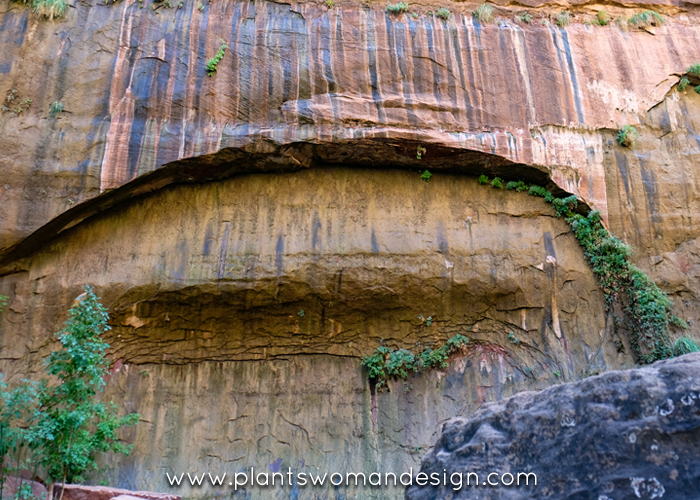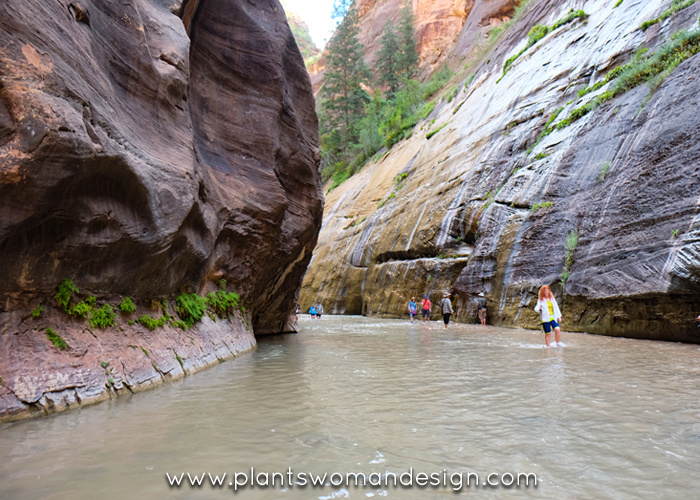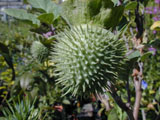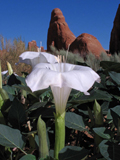A long awaited vacation always provides opportunity for exploration of other types of scenery. I’m always look for new types of plants or in this case a new type of gardening.
This week I find myself at Zion National Park which has a diverse
collection of plant communities. I was surprised by the relative
lushness found in Zion Canyon. The riparian area of the Virgin River
supports enormous cottonwood trees and a diverse collection of
herbaceous plants and grasses. Nearby, saturated wetlands make nice
habitat for cattails, willows, aquatic plants, and rushes. Water seeping
out of the Navajo sandstone creates tranquil springs and the unique
“hanging gardens” for which Zion is famous, full of ferns, wildflowers,
and mosses.
Here I found many of the same species of wildflowers that I see in Washington forests. It was so amazing to see maidenhair ferns, columbine, and Indian paintbrush clinging to little crevices in the rocks with seemingly no soil just the nutrients from the water seeping from the rocks. It felt like it was raining but looking up into the clear blue sky it was obvious that the water was falling from the rock hundreds of feet above my head. The water in the Virgin River is a cloudy milky colored blue. Probably from the high mineral content of the water as the erosion of the cliffs continues.
Near the north end of the park on the Taylor Creek Trail I could see ponderosa pines high on the sandstone cliffs clinging to cracks and ledges. These massive trees push their powerful roots into the Navajo Sandstone, adding to the slow process of erosion that is constantly changing the face of Zion. The dusty trail lead through juniper and creosote brush interspersed with tiny wildflowers. Dropping into the river and walking through the water filled slot canyons kept us cool.
One of the most amazing things was to see Datura wrightii, or Devils Trumpet, growing wild. The large white flowers and blue green leaves look like the non-hardy tropical variety I overwinter each year in the green house. This one however is a Utah native that grows in the roadside ditches. The hardiness map says that the St George Area is 8a. It seems hard to believe it can grow here. Maybe a small thorny seed will find its way into my bag for the return trip. Don’t worry I’ll get it outside the park as taking any plant material from a National Park is illegal.







